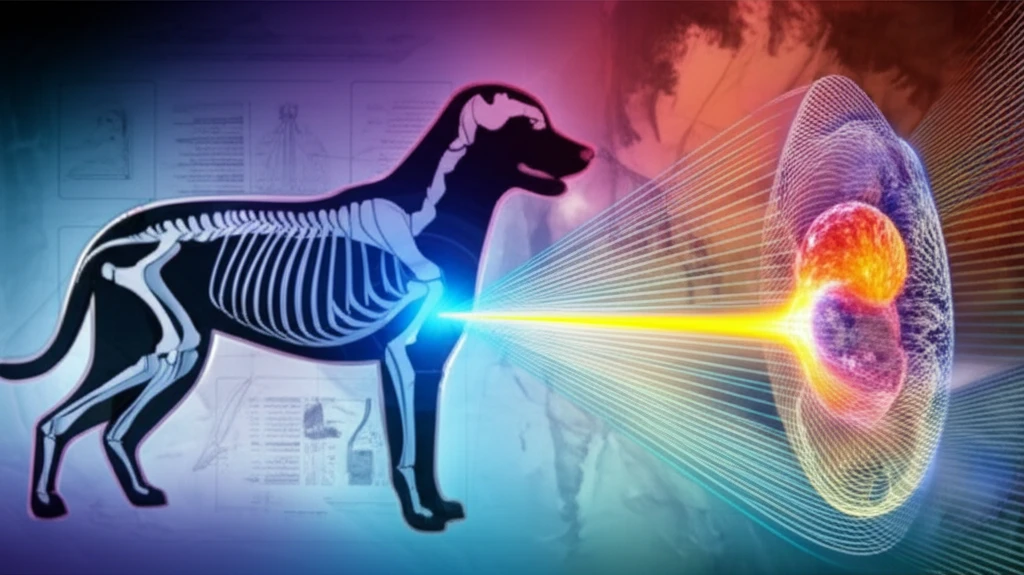
HIFU: A Ray of Hope for Canine Cancer Treatment?
"Discover how high-intensity focused ultrasound is changing the landscape of veterinary oncology, offering a non-invasive alternative for solid tumors in dogs."
Cancer is a formidable foe, not just in human medicine but also in veterinary care. Traditional treatments such as surgery, chemotherapy, and radiation therapy can be taxing on our beloved canine companions. As pet owners, we're constantly on the lookout for gentler, yet effective, alternatives. Recent research introduces a promising contender: high-intensity focused ultrasound (HIFU).
HIFU is emerging as a non-invasive technique that precisely targets and destroys cancerous tissue using focused sound waves. This method has shown potential in treating various solid tumors in dogs, offering a blend of efficacy and reduced side effects. For many pet owners, this could mean more quality time with their furry friends during and after cancer treatment.
This article explores how veterinary HIFU (vHIFU) is applied, its benefits, and what dog owners can expect from this innovative approach. We'll dive into the details of a recent study that highlights the positive outcomes and sheds light on the future of cancer treatment for dogs.
How Does HIFU Work Against Canine Tumors?

High-Intensity Focused Ultrasound (HIFU) is a cutting-edge cancer treatment that uses focused sound waves to destroy tumor tissue. Unlike traditional methods such as surgery or radiation, HIFU is non-invasive, meaning it doesn't require incisions or the use of harmful radiation. The procedure works by directing high-energy ultrasound waves precisely at the tumor, causing the tissue to heat up and undergo necrosis, or cell death.
- Precision Targeting: HIFU allows for highly accurate targeting of tumors, minimizing damage to surrounding healthy tissue.
- Non-Invasive: The procedure doesn't require incisions, reducing the risk of infection and complications.
- Reduced Side Effects: Compared to chemotherapy and radiation, HIFU typically results in fewer side effects.
- Repeatable: HIFU can be repeated if necessary, providing an option for managing recurring tumors.
The Future of HIFU in Veterinary Medicine
The results from the study highlight the potential of vHIFU as a viable alternative for treating solid tumors in dogs, especially when traditional methods are not feasible or have failed. The observed improvements in clinical signs, tumor size reduction, and manageable side effects offer hope for improving the quality of life for dogs battling cancer. As research continues, HIFU may become a standard option in veterinary oncology, providing a gentler and more effective approach to cancer treatment. Combining HIFU with other therapies, such as thermosensitive or sonosensitive anticancer drugs, could further enhance its effectiveness. Clinical trials are essential to fully explore these possibilities and optimize treatment protocols.
